Get to know about temporary speed humps!
Since the first vehicle hit the roadways, traffic management companies have brought up innovative solutions. There’s a solution to every traffic problem: speed humps, speed cushions, traffic barriers, wheel stops, and whatnot.
Amongst all the innovations, there’s a fairly new traffic control device in the market: temporary speed breakers, one of the types of speed humps with little distinction. Are you wondering how temporary speed humps can be effective in today’s age?
Well, you’re at the right place. In this blog, you’ll learn all about temporary speed humps, including their material composition, sizes, and colours. Without any further ado, let’s start analyzing these great traffic control devices.
Do you want to know more about this topic? We also have an article talking about different types of speed humps.
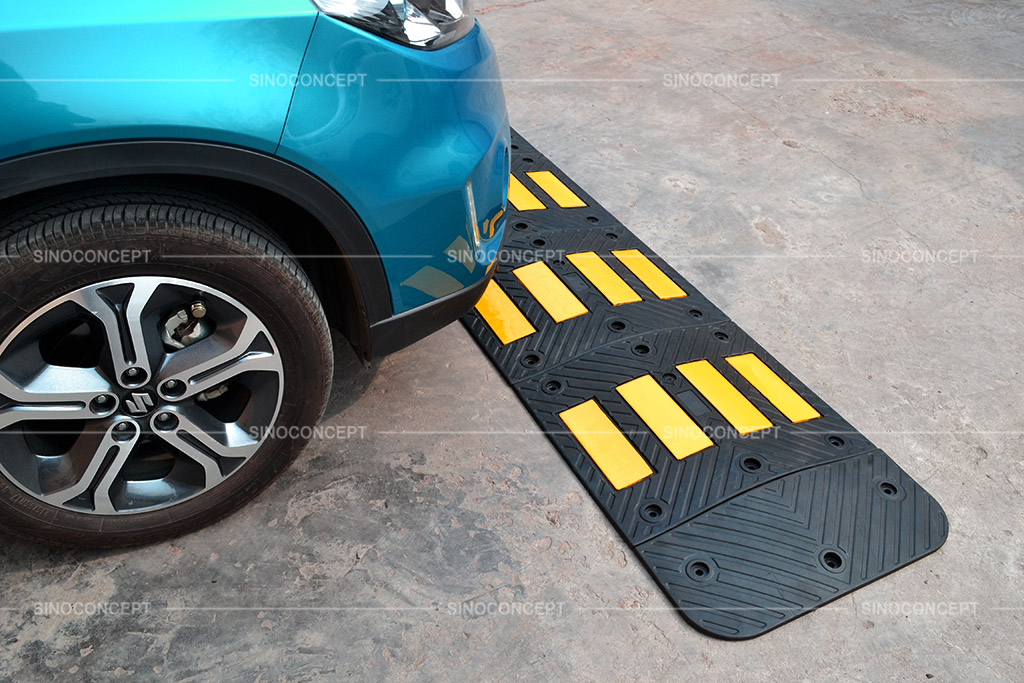

Discover here our full range of Speed Humps UK!
What are temporary speed humps?
As the name suggests, you can remove temporary speed humps easily. For example, suppose that a specific city street gets high traffic volume during a particular time, such as summer, but less traffic during winter. Hence, in such circumstances, temporary speed humps come in handy.
You can install them during high-traffic days to ensure traffic safety and speed reduction and remove them when the traffic volume reduces. It’s quite easy to install them.
In fact, you can install them yourselves within minutes using bolts and a drilling machine.
Here are typical steps to create a temporary speed hump in your roadway or driveway:
- Mark the area where you want to install the speed hump
- Place the speed humps over the marked areas and use a drilling machine to create holes using the bolted holes.
- Once the holes have been created, fasten the speed hump using the bolts.
- There you have it – your temporary speed hump.
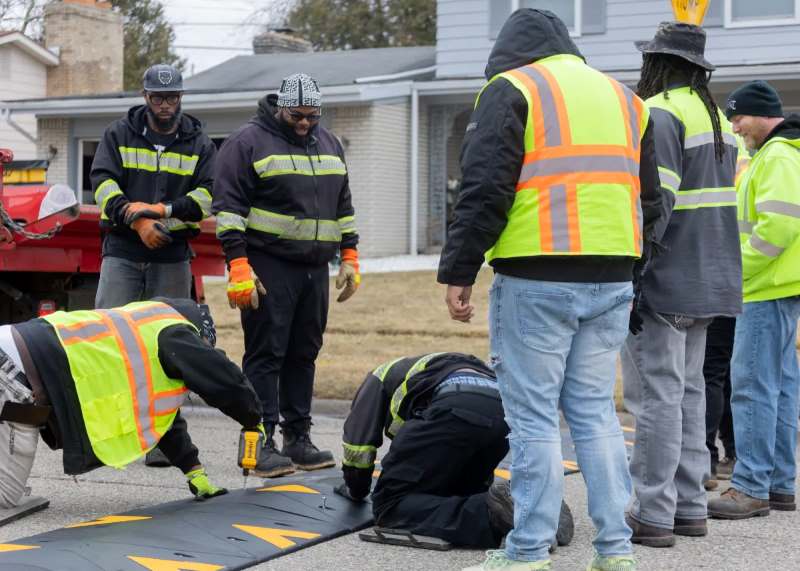
You have already read a good part of this article, 👀
We've
got the impression that you like it. 🙂
👇🏻
IF YOU ARE LOOKING TO WORK DIRECTLY WITH A MANUFACTURER,
FEEL FREE TO CONTACT US. WE ARE VERY HAPPY TO HELP!
The material composition of temporary speed humps
Every material can be used to create permanent speed humps, but not every material can make a temporary speed hump. As mentioned earlier, this statement is relatively true, and temporary speed humps are only available in two major materials, including rubber and recycled plastic.
Rubber speed humps are available in segments and endcaps, allowing you to add and remove speed humps anytime. These speed humps are firm and have low deformity, making them durable for a long time.
Moreover, you can use them on any surface because they are quite flexible and supportive. Some rubber speed humps even have anti-slip resistance, preventing bicyclists and pedestrians from slipping on roadways.
Usually, they are available in black colour marked with five reflective strips, which increases visibility in dark places such as underground parking lots.
Similarly, there are plastic speed humps. They have a similar installation process as rubber speed humps with several distinguishing features. Plastic, especially PVC, is the most robust material that can withstand heavy emergency vehicles such as fire trucks, buses, and ambulances.
They even have interlocking designs, making them suitable for temporary installation. However, their colour can fade; hence, they require frequent maintenance.
It’s not over; even steel can be used to make temporary speed humps.
However, it may or may not exist in interlocking design, but steel can be a tensile speed hump material for roads. The only downside is that their high strength can damage the lower body of automobiles.
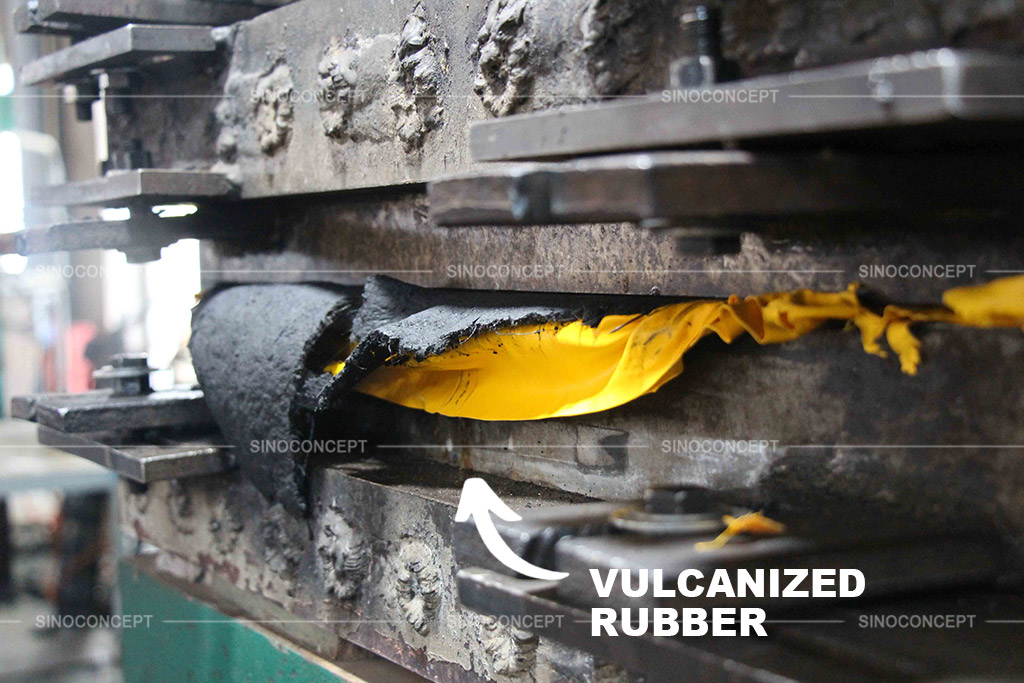
What are permanent speed humps?
So far, you have looked at plastic and rubber speed humps, which you can use temporarily.
However, there is certain material that can make permanent speed humps. If you haven’t figured it out, the answer is that concrete or asphalt can make permanent speed humps.
Concrete is a material found in every construction project, even in producing traffic control devices. These speed breakers are heavy and have an extensive installation process.
Since excavation and cementing processes exist, you need electric power, machinery, and possible road closures to install concrete speed humps.
Concrete speed humps are solid and durable. Their tensile strength ensures they remain in place for a long time. However, their tensile strength makes them increase traffic noise, which can be disturbing for the nearby property owners.
Moreover, driving over these concrete speed humps may also damage speeding vehicles.
Nevertheless, whenever you plan to install speed humps in your area, you must consider the following guidelines to abide by the Highways (road hump) 1999 law.
- Speed humps must be at least 25 mm high and not exceed 100 mm.
- Their minimum length should be 900 mm.
- The segments of temporary speed humps shouldn’t exceed 250 mm, and the endcaps can only be 210 mm.
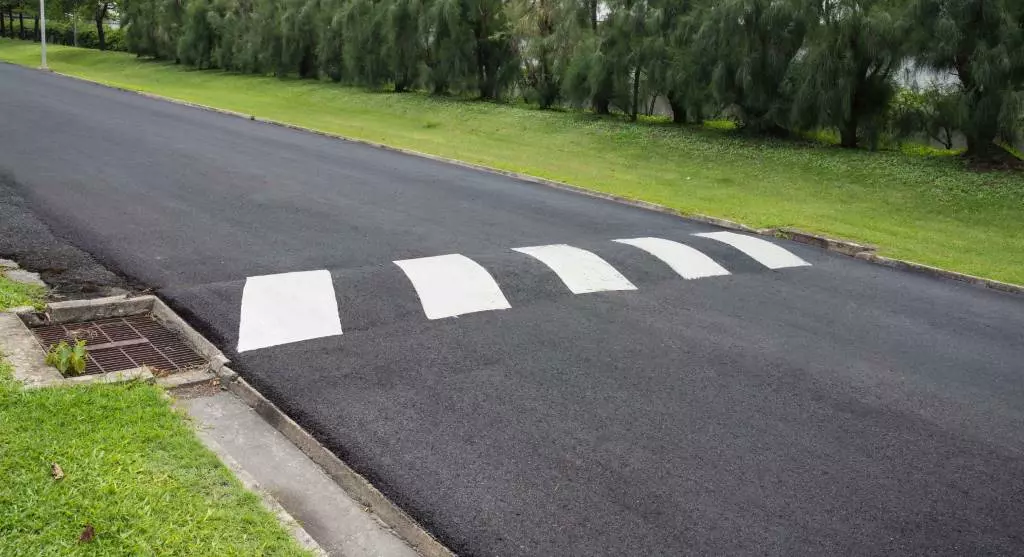
Supplementary traffic measures for speed humps
Regardless of whether you install a temporary or a permanent speed hump, an effective traffic management solution isn’t achieved until you install several supporting tools. These tools work in conjunction with speed humps to maximize traffic control and pedestrian safety.
Here are some of the tools:
- Horizontal deflection tools can increase traffic control and create an effective traffic management plan. Some tools include curbs, bollards, chicane, raised sections, and rumble strips. All these tools change the road design and restrict motorists from driving fast.
- Police enforcement is an effective solution to end traffic problems. Issuing fines and speeding tickets can discourage motorists from driving at a dynamic speed or breaking traffic signals.
- Police enforcement can even influence road design by using traffic cones, traffic barriers, pavement markings, and roundabouts. All these measures can reduce traffic speed and congestion because the traffic will be diverted to different lanes.
- Signages play an important signalling role. Speed humps can be installed alongside signposts of road signs, warning signs, speed limit signs, parking signs, and stop signs to warn motorists and discourage them from speeding vehicles.
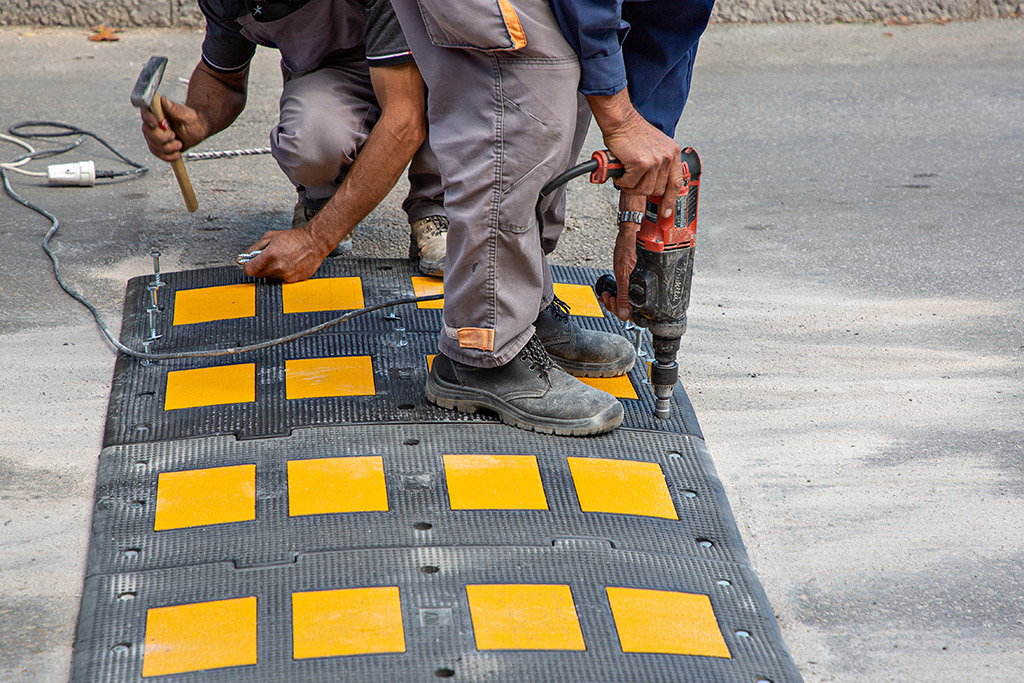
Conclusion
Do you live in an area where the traffic problems are now exploding, and you cannot seem to do anything about it? Are you looking forward to implementing a temporary or a permanent fix to all such traffic issues?
All you need is a durable temporary speed hump that can suppress traffic speed and improve safety in your area.
Even some organizations, such as the Federal Highway Administration and Department of Transportation, are actively installing speed humps and other traffic calming tools across various municipalities.
Are you wondering where to get high-quality speed humps that can thrive for a long time and remain stable?
In that case, Sino Concept is your place to be. We manufacture high-quality traffic control devices that are consistent with quality standards. Moreover, we can also add your company’s logo and customize the colour upon request.
Browse our offerings today!
👇🏻
IF YOU ARE LOOKING TO WORK DIRECTLY WITH A MANUFACTURER,
FEEL FREE TO CONTACT US. WE ARE VERY HAPPY TO HELP!




















